Music, a universal language, constantly evolves, reflecting societal shifts and artistic innovation. What constitutes the “Best Ever Songs” is a subject of endless debate, shaped by personal taste, cultural context, and historical significance. Recognizing this dynamic nature, Rolling Stone, a leading voice in music journalism, has consistently revisited and refined its prestigious list of the 500 Greatest Songs of All Time. Originally launched in 2004, this monumental project has been updated to reflect the ever-changing landscape of popular music, ensuring its relevance for contemporary audiences and solidifying its position as a key resource for music discovery and appreciation.
The initial 2004 list, a landmark achievement in music curation, became one of Rolling Stone’s most read features, attracting hundreds of millions of views. However, the music world in 2004 was vastly different. The digital music revolution was still in its nascent stages, and generational shifts in musical taste were rapidly occurring. Artists who have since become iconic, like Beyoncé, Lana Del Rey, and Taylor Swift, were just beginning their ascents. To address these changes and provide a more contemporary and inclusive perspective, Rolling Stone undertook a significant reboot of the list.
This wasn’t a minor tweak or simple reordering. The 2021 revamp of the RS 500 was a comprehensive overhaul, incorporating the perspectives of over 250 artists, musicians, producers, industry experts, critics, and journalists. The voting panel was remarkably diverse, encompassing voices from across genres and generations, from Angelique Kidjo to Zedd, Sam Smith to Megan Thee Stallion, and M. Ward to Bill Ward. Each voter submitted a ranked list of their top 50 songs, and the results were meticulously compiled to create a list that reflects a broad consensus of musical excellence.
The sheer scale of the project is evident in the number of songs considered – nearly 4,000 tracks received votes. This extensive voting process led to a significant transformation in the list’s composition. While the 2004 version leaned heavily towards classic rock and soul, the updated list embraces a wider spectrum of genres. Hip-hop, modern country, indie rock, Latin pop, reggae, and R&B are all more prominently represented, reflecting their growing influence and cultural impact. Remarkably, over half of the songs on the new list were not present in the 2004 edition, with a third of the Top 100 being entirely new entries. This dramatic shift underscores the evolution of popular music and the changing criteria for what constitutes the “best ever songs.”
This updated list isn’t just a reflection of changing tastes; it’s a celebration of music’s power to constantly reinvent itself. It’s a testament to the idea that musical history is not static, but rather a living, breathing entity that is continually being rewritten with every new beat, every groundbreaking artist, and every song that resonates deeply with listeners across time and cultures.
To illustrate the breadth and depth of this list, let’s explore a selection of songs that exemplify the diverse range of genres and eras represented in Rolling Stone’s updated 500 Greatest Songs. These examples showcase the criteria considered – from songwriting brilliance and cultural impact to innovative production and enduring emotional resonance.
Harry Styles, ‘As It Was’
 Harry Styles performing As It Was
Harry Styles performing As It Was
Harry Styles’ “As It Was,” a relatively recent addition, immediately asserts its place amongst the best ever songs. Released as the lead single from his critically acclaimed third album, the track masterfully blends introspective lyrics with an infectious pop sensibility. Beneath the spun-sugar synths and playful opening featuring Styles’ goddaughter, lies an “agitated inner monologue” dissecting the complexities of a relationship in crisis. The song’s brilliance lies in its ability to juxtapose a seemingly upbeat melody with a subtly unsettling narrative, revealing deeper layers of meaning with each listen. This duality, combined with Styles’ charismatic performance, propelled “As It Was” to global success, proving its instant classic status.
Townes Van Zandt, ‘Pancho and Lefty’
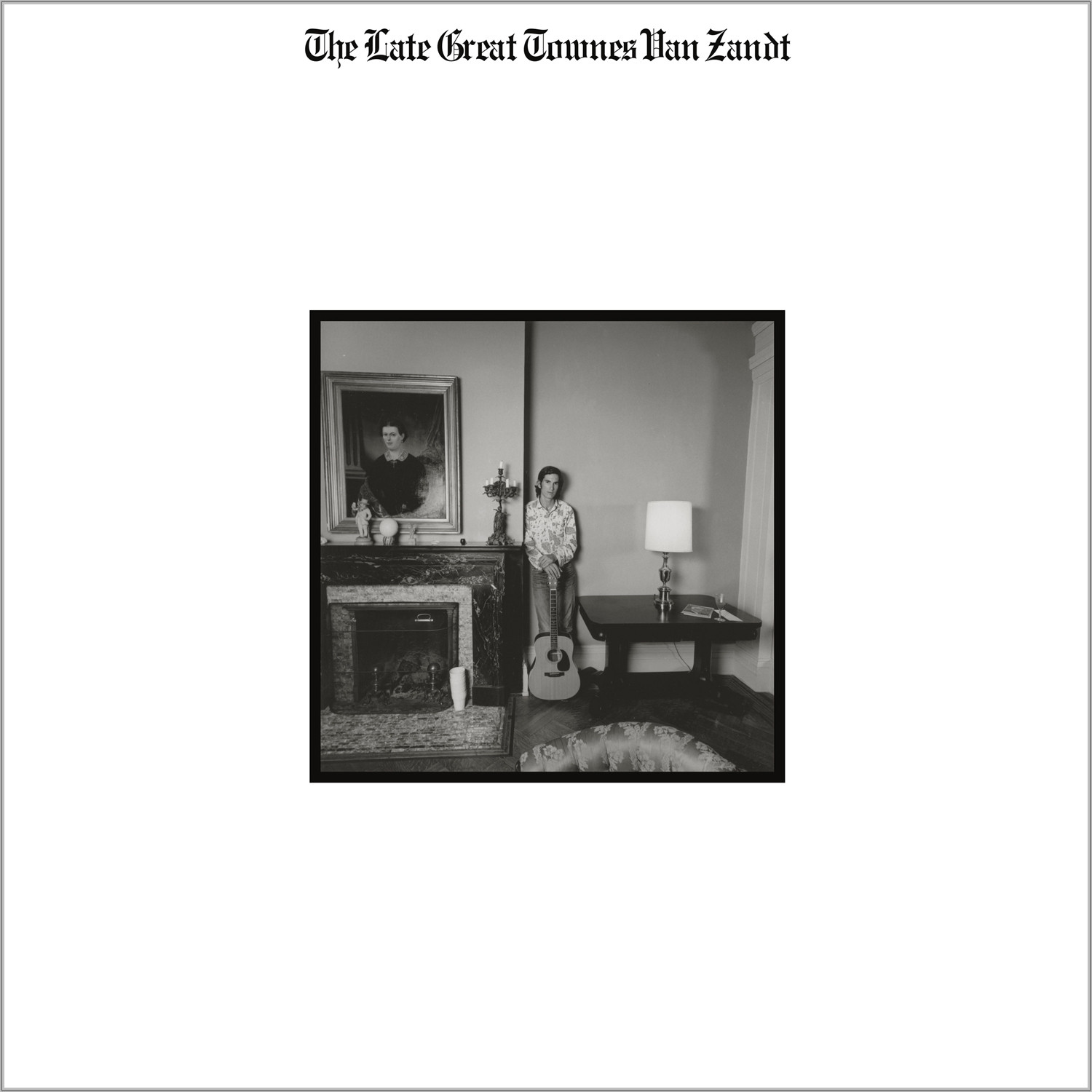 Townes Van Zandt in a contemplative pose
Townes Van Zandt in a contemplative pose
Moving to a different genre and era, Townes Van Zandt’s “Pancho and Lefty” stands as a testament to the power of storytelling in songwriting. This epic country-folk ballad narrates the tragic tale of a bandit and his betrayer, achieving mainstream recognition through Willie Nelson and Merle Haggard’s popular duet version. However, it’s Van Zandt’s own raw and “forlorn” rendition, from his 1972 album The Late Great Townes Van Zandt, that truly captures the song’s melancholic essence. The opening verse, with its vivid imagery of a hardened outlaw (“you wear your skin like iron/your breath as hard as kerosene”), exemplifies Van Zandt’s lyrical genius and his ability to evoke profound emotions with sparse yet powerful language. “Pancho and Lefty” is a masterclass in narrative songwriting, its inclusion on the list underscoring the enduring appeal of poignant storytelling in music.
Lizzo, ‘Truth Hurts’
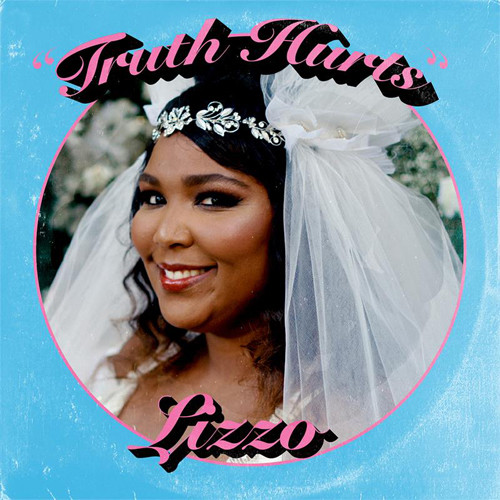 Lizzo performing with confidence and flair
Lizzo performing with confidence and flair
Lizzo’s “Truth Hurts” embodies the modern spirit of empowerment and self-love, earning its spot as one of the best ever songs through sheer force of personality and undeniable catchiness. This “gale-force breakup banger” is a celebration of resilience and self-worth, delivered with Lizzo’s signature blend of swagger and soulfulness. While the iconic line “I just took a DNA test, turns out I’m 100 percent that bitch” originated from a tweet by Mina Lioness, the song’s overall impact is undeniably Lizzo’s. Initially released in 2017, “Truth Hurts” gained massive popularity in 2019, solidifying Lizzo’s status as a major force in contemporary pop music. Its inclusion on the list highlights the importance of songs that not only entertain but also resonate with cultural movements and empower listeners.
Harry Nilsson, ‘Without You’
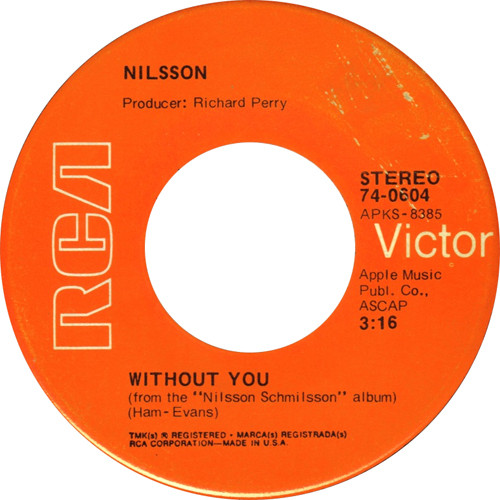 Harry Nilsson singing with emotion
Harry Nilsson singing with emotion
Harry Nilsson’s “Without You” showcases the transformative power of interpretation in songwriting. Originally written and performed by Badfinger, Nilsson’s rendition elevates the “near-despondent ballad” to operatic heights. Driven by a desire for a hit, Nilsson and producer Richard Perry crafted a version that maximized the song’s emotional impact. Nilsson’s “desperate lunge of a vocal,” amplified by lush string arrangements, turned “Without You” into a global phenomenon. The song’s commercial success, reaching Number One and earning a Grammy nomination, is a testament to Nilsson’s vocal prowess and his ability to connect with listeners on a deeply emotional level. “Without You” reminds us that a great song can be further amplified and redefined through masterful performance and production.
Carly Simon, ‘You’re So Vain’
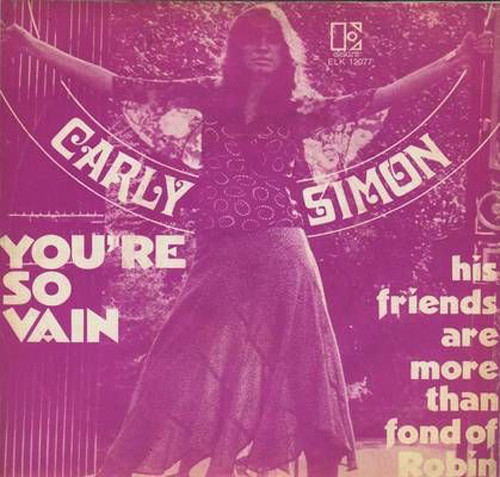 Carly Simon in a classic 70s portrait
Carly Simon in a classic 70s portrait
Carly Simon’s “You’re So Vain” occupies a unique space in music history as the quintessential “diss track,” shrouded in mystery and intrigue. The enduring question of “who is so vain” has fueled decades of speculation, making the song as much a cultural phenomenon as a musical masterpiece. While Simon has revealed Warren Beatty as inspiration for a verse, the identity of the main subject remains elusive, adding to the song’s allure. Beyond the mystery, “You’re So Vain” is a brilliantly crafted soft-rock gem, boasting Paul Buckmaster’s lush orchestration and Mick Jagger’s subtle background vocals. Its inclusion on the list acknowledges the power of songwriting to capture cultural curiosity and create lasting musical enigmas.
Cyndi Lauper, ‘Time After Time’
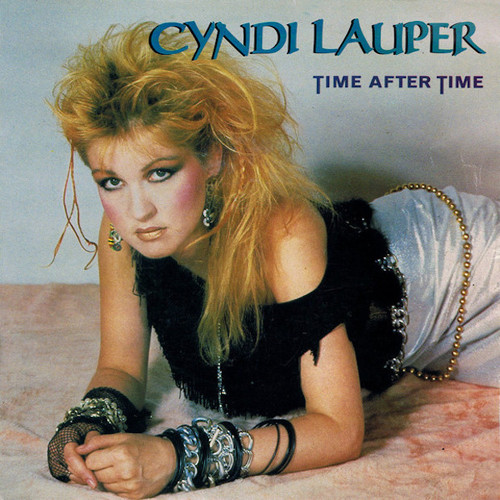 Cyndi Lauper in a vibrant 80s style
Cyndi Lauper in a vibrant 80s style
Cyndi Lauper’s “Time After Time” exemplifies the power of vulnerability and emotional depth in pop music. Initially hesitant about releasing this ballad as her debut single, Lauper’s instincts were ultimately proven wrong. Co-written with keyboardist Rob Hyman, “Time After Time” is an “aching ballad” that showcases Lauper’s vocal tenderness and songwriting sensitivity. Following the upbeat “Girls Just Want to Have Fun,” “Time After Time” became her first Number One hit, demonstrating the versatility of Lauper’s artistry and the broad appeal of heartfelt ballads. Its inclusion on the list underscores the enduring power of songs that tap into universal emotions and connect with listeners on a personal level.
The Pixies, ‘Where Is My Mind?’
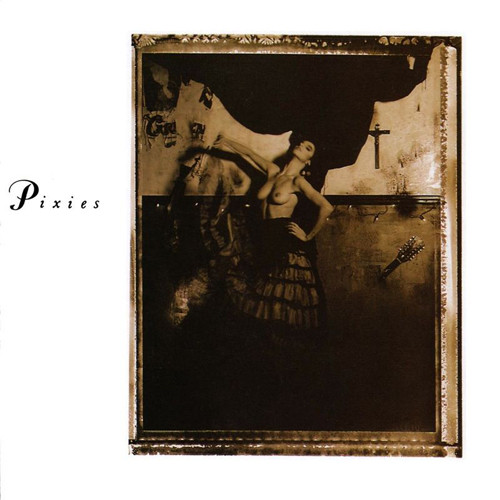 The Pixies performing with energy
The Pixies performing with energy
The Pixies’ “Where Is My Mind?” represents the rise of alternative rock and its impact on popular music. This song perfectly encapsulates the “freakish pop instincts” that distinguished The Pixies within the Reagan-era music scene. Joey Santiago’s guitar riff is undeniably catchy, defying typical alternative rock conventions and hinting at a broader pop sensibility. While “Fight Club” later cemented its iconic status, “Where Is My Mind?” had already become a foundational influence on countless alternative radio hits throughout the 90s. Its inclusion on the list recognizes the pivotal role of alternative rock in shaping modern music and the enduring appeal of songs that blend unconventional elements with melodic hooks.
Kanye West, ‘Stronger’
 Kanye West in a stadium performance
Kanye West in a stadium performance
Kanye West’s “Stronger” marks a significant moment in hip-hop history, bridging the gap between stadium rock and sample-based production. Inspired by his tours with U2 and the Rolling Stones, West aimed to create “songs that rock stadiums” for his album Graduation. “Stronger” achieves this ambition by sampling Daft Punk’s “Harder, Better, Faster, Stronger” and transforming it into a grandiose hip-hop anthem. This innovative use of sampling, combined with West’s confident delivery and stadium-ready production, catapulted “Stronger” to massive success. Its inclusion on the list acknowledges hip-hop’s evolution into a dominant global genre and the impact of artists like Kanye West who push creative boundaries.
Miles Davis, ‘So What’
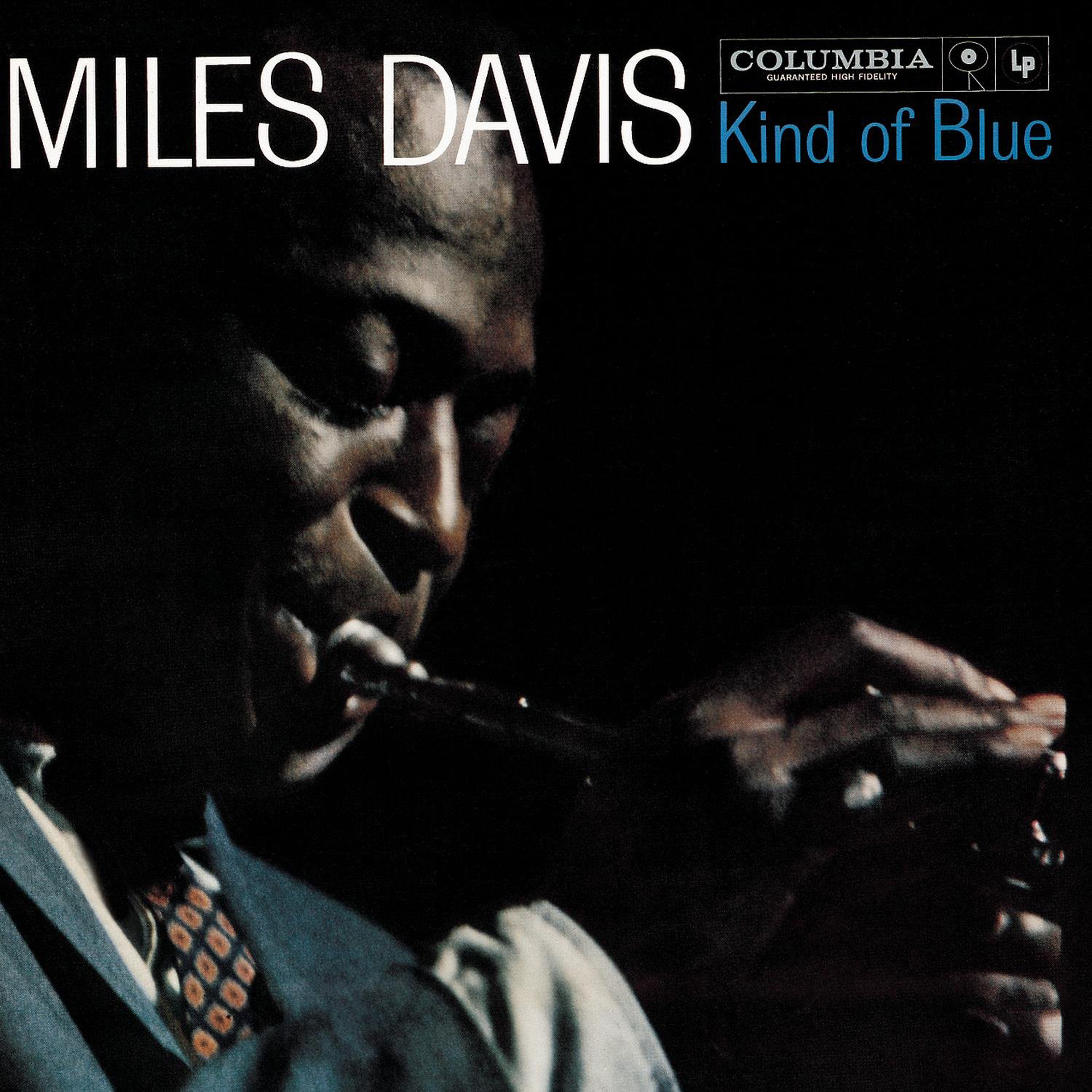 Miles Davis playing trumpet with his band
Miles Davis playing trumpet with his band
Miles Davis’ “So What” transcends genre, representing the pinnacle of cool jazz and its lasting cultural impact. As the opening track of the seminal album Kind of Blue, “So What” is instantly recognizable and universally appealing, often described as soundtracking “dinner parties.” However, its creation marked a radical departure from bebop, embracing a more open-ended modal style. Despite being conceived shortly before recording, the all-star band featuring John Coltrane, Cannonball Adderley, Bill Evans, Paul Chambers, and Jimmy Cobb, delivers a performance that sounds both effortless and groundbreaking. “So What” is a jazz standard that has influenced generations of musicians and continues to captivate listeners with its understated elegance and improvisational brilliance.
Bad Bunny, ‘Titi Me Pregunto’
 Bad Bunny performing with energy on stage
Bad Bunny performing with energy on stage
Bad Bunny’s “Titi Me Pregunto” showcases the global rise of Latin music and Bad Bunny’s unique brand of “eccentric pop genius.” This track seamlessly blends frantic dembow beats with a sample from bachata master Anthony Santos and a touch of Latin psychedelia. Bad Bunny’s “unbridled creativity” and sense of humor are central to the song’s appeal. Using the relatable trope of concerned Latin American aunts inquiring about a nephew’s love life, Bad Bunny launches into a playful and self-reflective party anthem. “Titi Me Pregunto” exemplifies the global appeal of Latin music and Bad Bunny’s innovative approach to genre-bending pop.
Conclusion:
Rolling Stone’s updated list of the 500 Greatest Songs of All Time is more than just a ranking; it’s a dynamic reflection of music history and its ongoing evolution. By incorporating diverse voices and embracing a wider range of genres, the list offers a richer and more inclusive understanding of what constitutes the “best ever songs.” From timeless classics to contemporary hits, the songs featured represent not only musical excellence but also cultural impact, innovation, and enduring emotional resonance. This list serves as an invaluable guide for music lovers seeking to explore the vast and ever-expanding world of popular music and appreciate the songs that have truly shaped our sonic landscape. It encourages listeners to delve deeper, discover new artists, and engage in the ongoing conversation about what makes a song truly great, ensuring that the debate about the “best ever songs” continues to evolve and inspire for generations to come.
